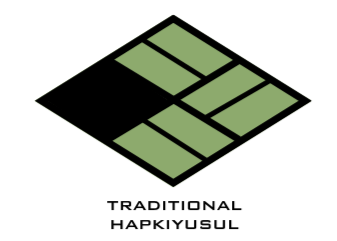BRIEF history
"Hapki (Aiki) is the condition when the ma-eum (heart, thought, spirit), mohm (physical body), and the ki-sul (technique, skill) come together as one. Of these, the ma-eum is most important, then the mohm. The ki-sul follows naturally. If you only focus on the ki-sul, your ki-sul will not improve greatly.” -Kim Yunsang
Hapkiyusul is a samurai martial art that had been, in the past, privately passed down within the Aizu Clan of Japan. Originally called Yawara, this martial art became widespread through Takeda Sokaku, the last samurai and successor of the clan, and the top government officials he taught. This form in Japan came to be called and known as Daitoryu Aikijujutsu and traveled to Korea in 1946 through Choi Yongsul, who had learned and inherited the teachings from Takeda Sokaku from a young age.
Daitoryu Aikijututsu translates to Daedongryu Hapkiyusul in Korean.
In Korea, Choi Yongsul taught many students. However, many of these disciples, who only partially learned from Choi Yongsul, went on to create hybrid versions of the form, which is now generally known as Hapkido.
Kim Yunsang is the only disciple who learned the entirety of the Hapkiyusul system and made it a mission to preserve and pass it on to future generations.
Traditional Hapkiyusul in Tacoma is the first and only dojang in the U.S. where these techniques are taught.
Hapkiyusul Successor
Hapkiyusul Successor
Hapkiyusul Successor
terms
hapkiyusul
Kim Yunsang had used the term Hapkiyusul (sometimes used as Hapkido Hapkiyusul) to differentiate the original form, which we practice, from the altered form of modern Hapkido that is often taught. Hapkiyusul comes from “Daedongryu Hapkiyusul” (or “Daitoryu Aikijujutsu” in Japanese) which Choi Yongsul learned under Takeda Sokaku.
HAP: unite KI: vital energy YUSUL: intelligence
doju(nim)
“Caretaker” or “keeper” of a martial arts form. “nim” is added to words in Korean to signify respect.
dojang
A place to practice martial arts
sabu(nim)
Master (in martial arts)














